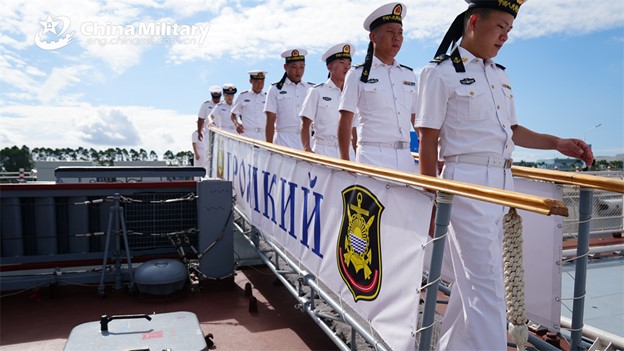The United States is not prepared to fight a significant war. That’s the well-researched opinion of the RAND corporation-organized report
of the Commission on the National Defense Strategy, which noted that America hasn’t been prepared for a major conflict since the end of the Cold War nation was last prepared for such a fight during the Cold War, which ended 35 years ago. It reports that the U.S. “is not prepared today. China and Russia are major powers that seek to undermine U.S. influence.”
The Commission found that The United States confronts the most serious and the most challenging threats since the end of World War II. “China and Russia’s “no-limits” partnership, formed in February 2022 just days before Russia’s invasion of Ukraine, has only deepened and broadened to include a military and economic partnership with Iran and North Korea, each of which presents its own significant threat to U.S. interests. This new alignment of nations opposed to U.S. interests creates a real risk, if not likelihood, that conflict anywhere could become a multitheater or global war.”
The threat of a multi-theater conflict was deeply sharpened by the decision of the Obama Administration to eliminate the capability to fight in two areas simultaneously.
The United States could in short order be drawn into a war across multiple theaters with peer and near-peer adversaries, and it could lose. The current National Defense Strategy (NDS), written in 2022, does not account for ongoing wars in Europe and the Middle East and the possibility of a larger war in Asia. Continuing with the current strategy, bureaucratic approach, and level of resources will weaken the United States’ relative position against the gathering, and partnering, threats it faces.
To address the crisis, representing a dire threat to American national security, the Commission “recommends a sharp break with the way the U.S. Department of Defense (DoD) does business and embraces an “all elements of national power” approach to national security. It recommends spending smarter and spending more across the national security agencies of government.”
The Commission warned that “The United States was slow to recognize the threat of terrorism before 2001 and late to understand the rising strength of China and the renewed menace posed by Russia.” It urged that “the time to make urgent and major change is now. That change will mean fundamental alterations to the way DoD operates, the strategic focus of other government agencies, and the functionality of Congress, as well as closer U.S. engagement with allies and mobilization of the public and private sectors.”
According to research, the problem is actually getting worse.
China’s dramatic increase in military strength and aggressiveness is a key concern. The Report notes that “…in many ways, China is outpacing the United States and has largely negated the U.S. military advantage in the Western Pacific through two decades of focused military investment. Without significant change by the United States, the balance of power will continue to shift in China’s favor. China’s overall annual spending on defense is estimated at as much as $711 billion,2 and the Chinese government in March 2024 announced an increase in annual defense spending of 7.2 percent.”
Combined with its power ally in Moscow, the danger to the U.S. is clear. The Commission states that “Russia will devote 29 percent of its federal budget this year on national defense as it continues to reconstitute its military and economy after its failed initial invasion of Ukraine in 2022. Russia possesses considerable strategic, space, and cyber capabilities and under Vladimir Putin seeks a return to its global leadership role of the Cold War.”
The U.S. Defense Department has been criticized for the way it does business. The researchers found that it is overly bureaucratic and slow to respond to the expanding and changing challenges the nation faces.
The problem is deeper than the forces currently existing. The defense budget itself is grossly inadequate. In addition, America’s defense industrial base manufacturing capability, which was the key to the allied victory in World War 2, must be restored to a size and capability sufficient to meet the challenge.
The stunning danger America faces from its shriveled military capability is truly a crisis of the highest order that must be immediately addressed.
Photo: Chinese sailors board the Russian naval corvette Gromkiy for a visit during the China-Russia joint naval exercise coded Exercise Joint Sea-2024 on July 13, 2024. (eng.chinamil.com.cn/Photo by Luan Cheng)
